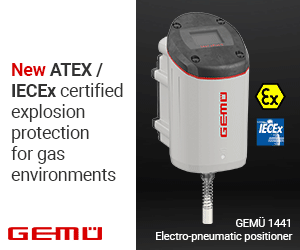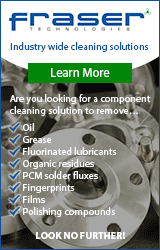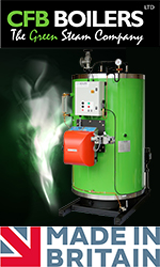Putting cleaning at the heart of sustainability
When we consider the food and beverage industry, it’s one which continues to see growing demand, placing a pressure on producers themselves to meet heightened targets and do so with finite resources. But from carbon emissions through to waste, operators within the industry face an array of ambitious sustainability targets, placing the subject at the top of the agenda.
For many companies, to make their operations more sustainable, fundamental changes must be made. Changing where resources are sourced, improving the efficiency of production lines, or making use of different packaging materials are all areas which are commonly targeted when steering a business in a more sustainable direction. Cleaning, however, is an area which is often overlooked.
Crucial to meeting legislative requirements, cleaning is typically thought to be an area where operational changes may be challenging. And with a core purpose of cleaning to ensure that production facilities are of a standard to manufacture products which are fit for human consumption, cleaning methods are rarely questioned and rarely changed. As a result, this vital function has the potential to deliver great benefits when it comes to sustainability.
Re-thinking cleaning
To glean the benefits of this potential, it’s crucial to analyse how things are currently done. Beginning with this knowledge provides a base level of quality, one which should only be improved as new methods are employed. At Hygiene Group, we begin this process with a detailed audit which allows every cleaning activity to be evaluated to quantify its environmental impact and, essentially, its suitability to the task in hand. We then combine these findings with our industry knowledge – gained over more than 30 years – to refine the cleaning process.
As well as identifying where different cleaning products and techniques could be utilised to further improve standards of hygiene alongside sustainability efforts, this approach allows for activity to be aligned with other business functions for a more unified approach. Ultimately, this means that cleaning can be perfectly scheduled to achieve the best hygiene results and to enable greater levels of efficiency.
Adopting new technologies
In addition to maximising the impact of cleaning resources and simultaneously optimising plant efficiency through analysing individual facilities and implementing effective schedules, new technologies can further aid manufacturers’ ambitions regarding sustainability. But as with any new approach, to achieve the best results, preparation is key.
For instance, when we introduced the innovative i-mop, significant savings were recognised for our clients, particularly when it comes to time, cost and use of resource. Introducing this new equipment into our processes required extra training and a significant investment, but meant that the traditional mop and bucket could be replaced, reducing water usage and allowing greater control over chemical usage in our clients’ facilities.
Alongside these savings, using the i-mop allowed for significant time savings to be made by our teams, reducing the time production lines may need to be halted for the purposes of cleaning. In turn, this resulted in greater uptime for production facilities, maximising plant efficiency and reducing use of cleaning resources, without compromising on cleanliness.
At Hygiene, we work with some of the leading food manufacturers in the UK, employing our cutting edge cleaning techniques to ensure their facilities meet – or even exceed – the standards expected of them. And with more than 30 years’ experience within the sector, we’ve been at the forefront of implementing cleaning techniques which contribute significantly towards the sustainability goals of our clients.
To discover more about implementing a sustainable approach to cleaning, request a copy of our latest whitepaper by emailing enquiries@hygiene.co.uk



























































































































